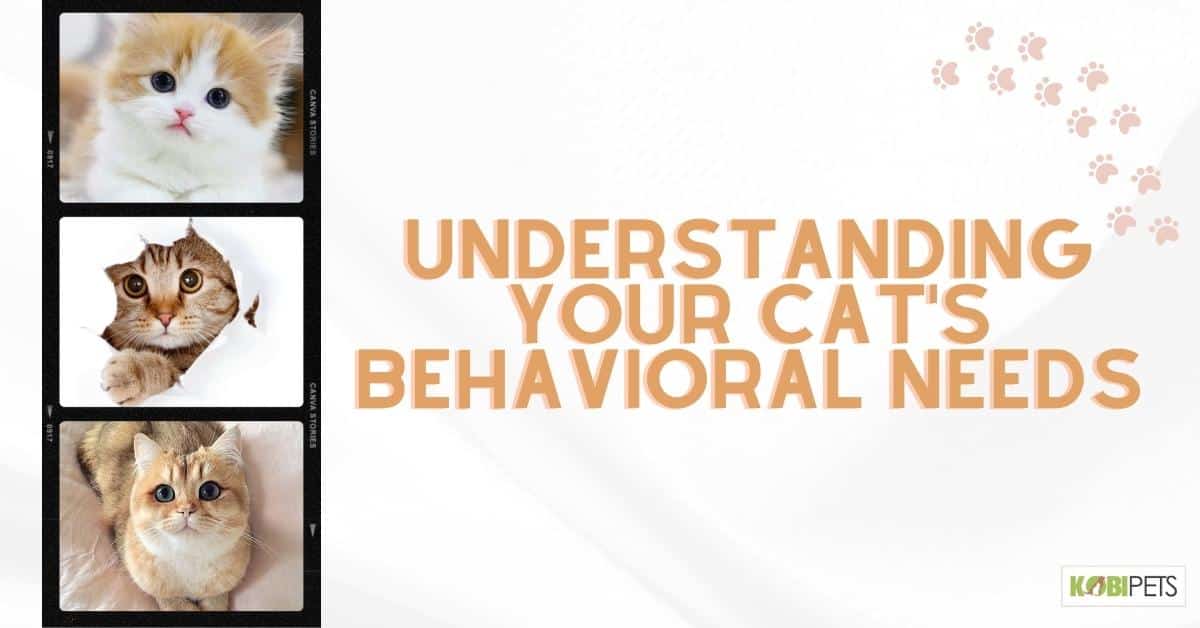
Understanding a cat’s individual needs is essential to providing the best possible care and ensuring a long, healthy, and happy life. By observing their behavior, setting boundaries, playing with them, providing toys and appropriate scratching posts, grooming regularly, and scheduling regular vet checkups pet owners can help improve a cat’s quality of life and well-being.
In this blog, we’ll explore the factors that influence cat behavior and explain common behaviors like meowing, scratching, and aggression. We’ll also offer tips on how to understand your cat’s needs and provide them with the best care.
Why Understanding Your Cat’s Behavioral Needs Is Important
Understanding your cat’s behavioral needs is essential to forming a strong bond with them and providing them with the happiest, healthiest life possible. Cats have complex social, psychological, and physical needs, and meeting all of these will help keep our cats content and safe from stress-related illness.
Knowing what kind of environment our cats thrive in helps ensure we provide optimal living conditions for them, tailored to their individual temperament. Additionally, understanding their behaviors can help us better recognize when a medical issue is present or when they need extra attention.
Having an appreciation for the unique character of our cats allows us to be sensitive companions to them and navigate any behavioral issues that might arise.
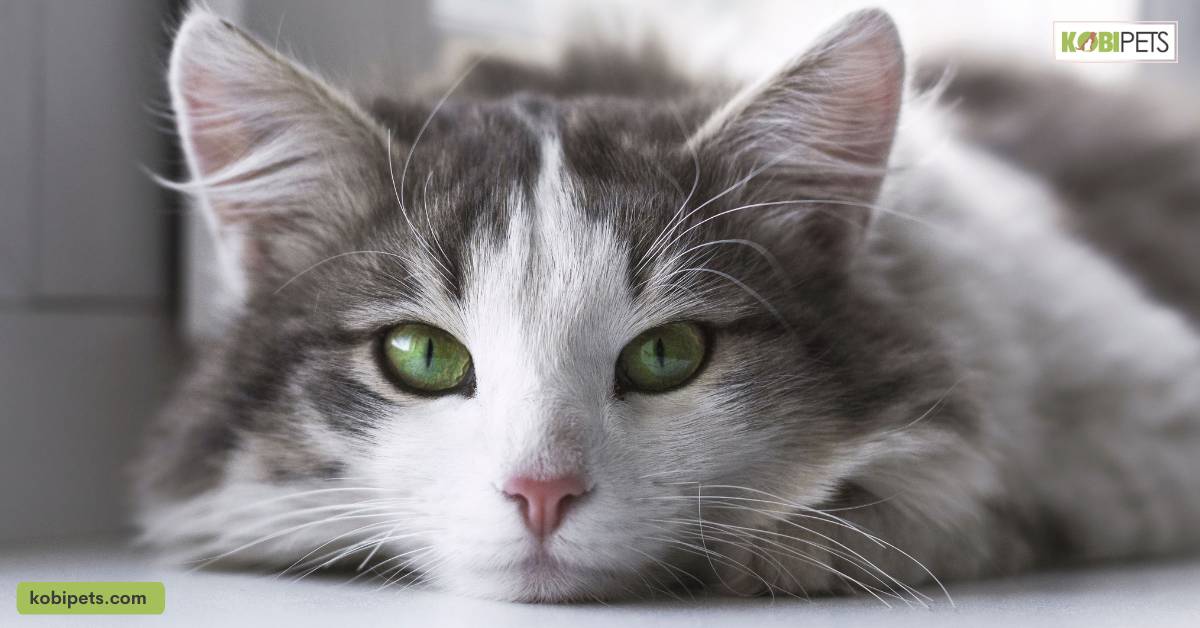
Factors that Influence Cat Behavior
Cats are intelligent, curious creatures that thrive when given love and proper care. Despite this, there are multiple factors that can influence their behavior, ranging from the environment they live to how we interact with them.
Cat owners should understand different variables that affect their furry friend’s well-being, so they can create a home and lifestyle as close to their natural habitat as possible. Knowing what environmental, social, and dietary needs cats have can help ensure that a cat lives a happy and healthy life.
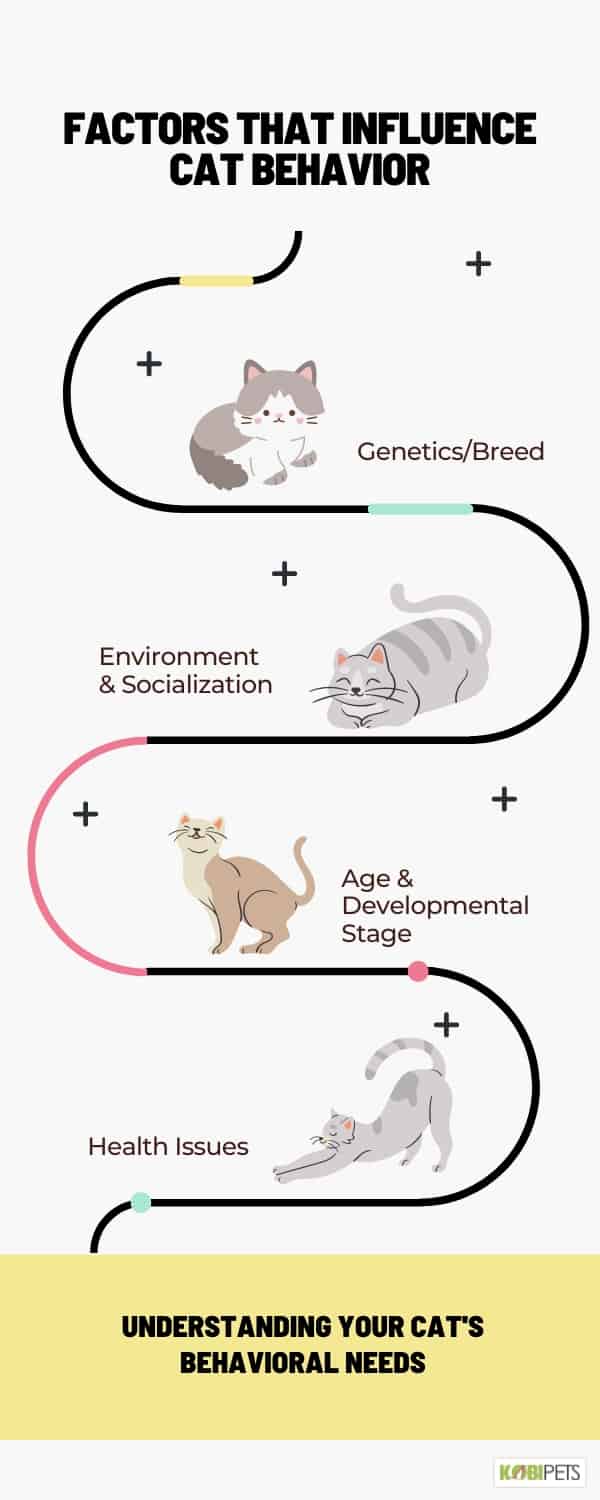
Factors that Influence Cat Behavior
Genetics/Breed
It is well known that genetics play an important role in the behavior of cats. For example, certain breeds are more prone to vocalization due to their inherited genes. In addition, genetic factors influence a sense of curiosity, as some cats may be naturally more curious than others.
Breeders can also use selective breeding practices when they look for desired traits, such as friendliness or calmness. It’s important to note that early socialization and training can play an equally significant role in the behavior of cats, regardless of the breed or genetics.
Working together, genetics and environment create unique combinations that shape individual cat personalities and behaviors. Thus it is important for cat owners to understand both environmental and genetic factors when looking for a companion animal.
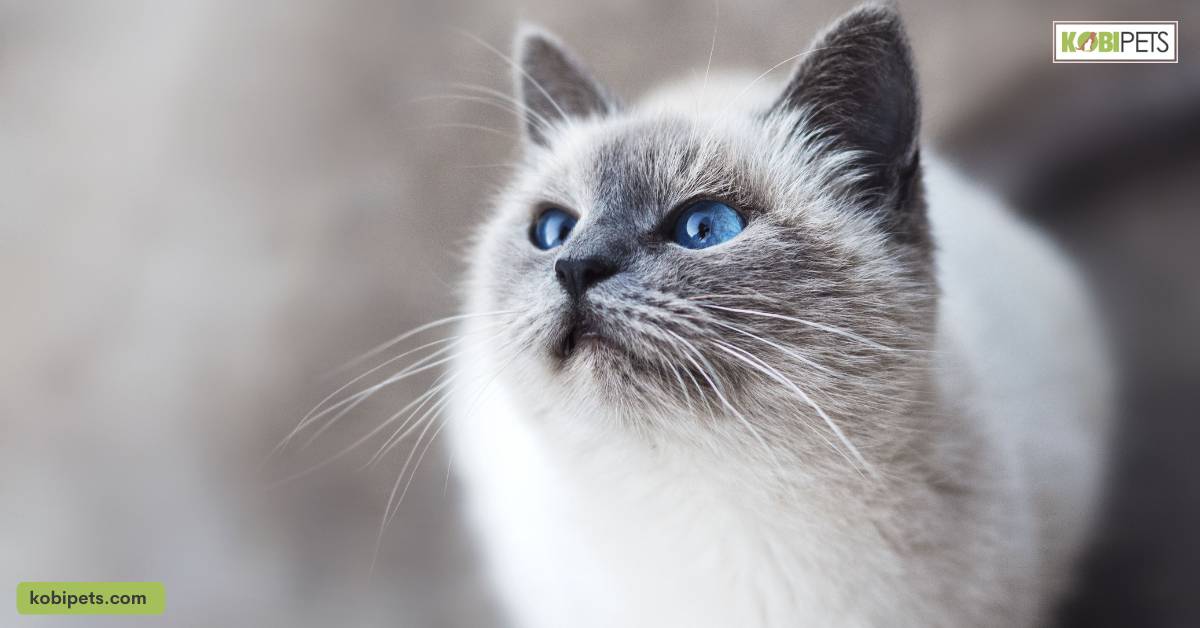
Environment & Socialization
Understanding the environment and socialization experiences a cat is exposed to from kittenhood through adulthood has an enormous impact on their behavior. Cats born in or removed from shelters often display signs of difficulty adjusting due to the vast difference between their former environment and new homes.
Domestic cats need outlets to express natural behaviors, along with consistent boundaries and rules in order to remain content. Additionally, providing a positive socialization experience is essential for cats; lack of exposure to people, other animals, different surfaces textures, experiences, and smells can cause them to become fearful or shy around people.
With the right guidance early on and throughout life, cats can learn how to comfortably handle unfamiliar stimuli such as traveling in a carrier and wearing a harness.
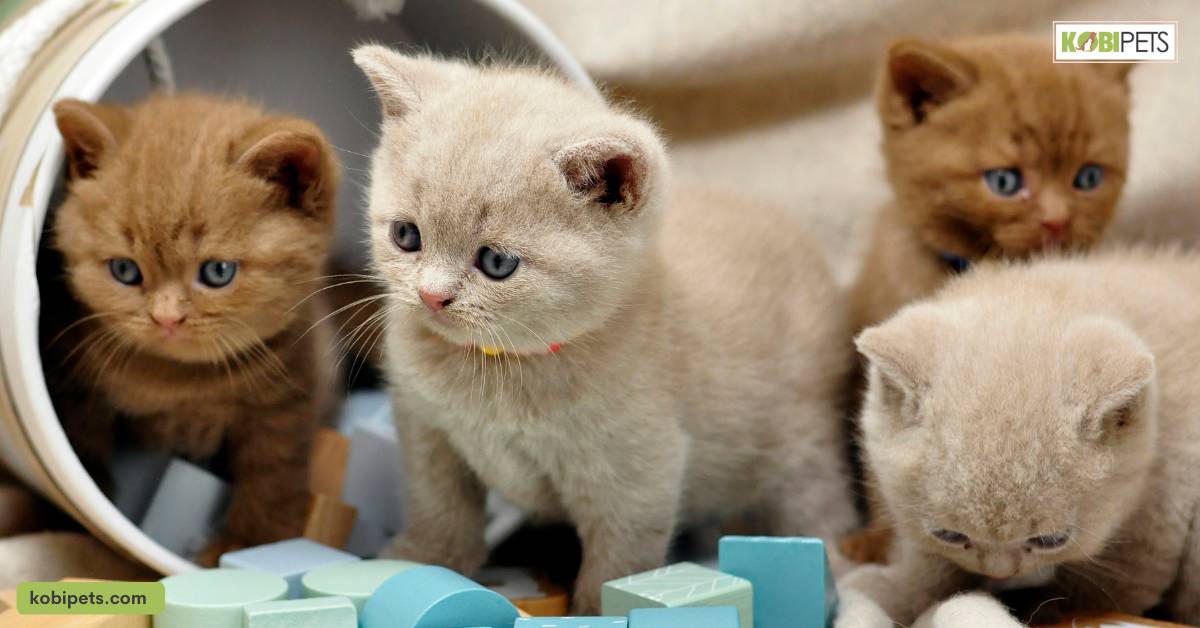
Age & Developmental Stage
Age and developmental stage are integral factors in understanding cat behavior. This is because cats, like humans, develop and mature over the course of their lifetime, meaning that cats under one year of age will likely behave differently than those who are five years or older.
Additionally, socialization also plays an important role during all stages of a cat’s life. For example, kittens who do not receive positive human interaction may have difficulty adjusting to social environments once they reach adulthood.
Whereas a well-socialized kitten may be comfortable interacting with humans in any situation. A thorough understanding of these factors can help improve a cat’s overall well-being and quality of life.
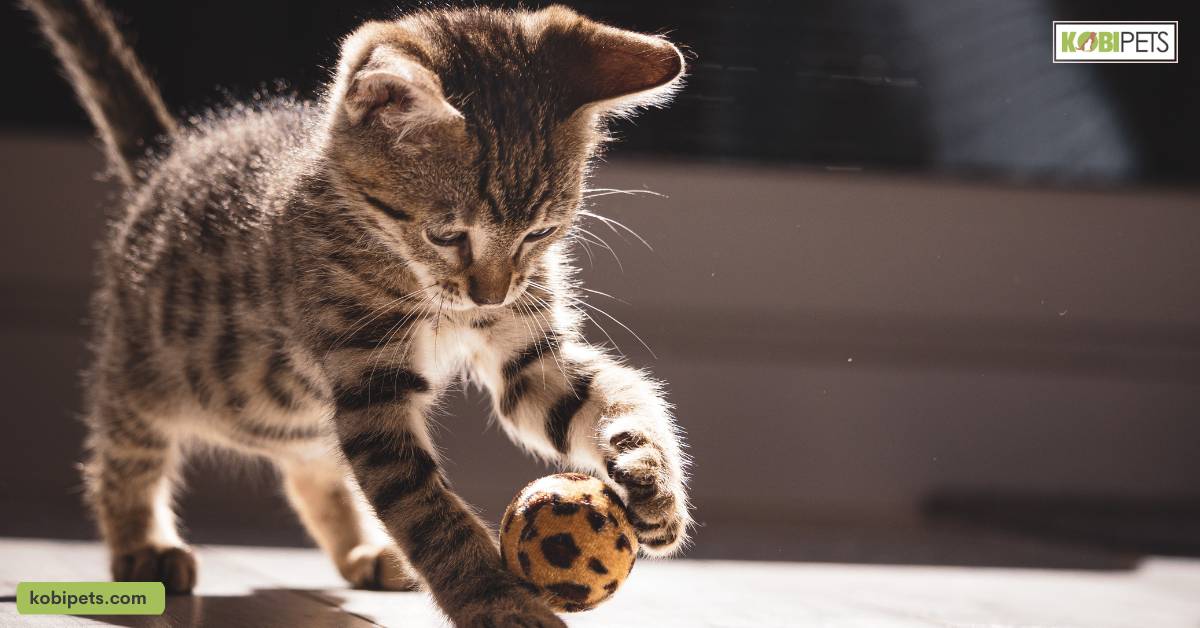
Health Issues
Understanding the factors that influence cat behavior can be difficult for pet parents, as cats can display a variety of unique behaviors. Environmental factors such as stress, temperature, the presence of other animals, and noise levels in the home can all have an effect on how cats behave.
Additionally, health issues like food allergies, urinary tract infections, and parasites may lead to behavioral changes that can cause distress. To properly assess and manage a cat’s behavior, pet owners should consider environmental as well as physical factors when they’re looking into possible solutions to their pet’s issues.
A veterinarian can provide additional insight into understanding a cat’s underlying health problems and give advice on how to properly address them.
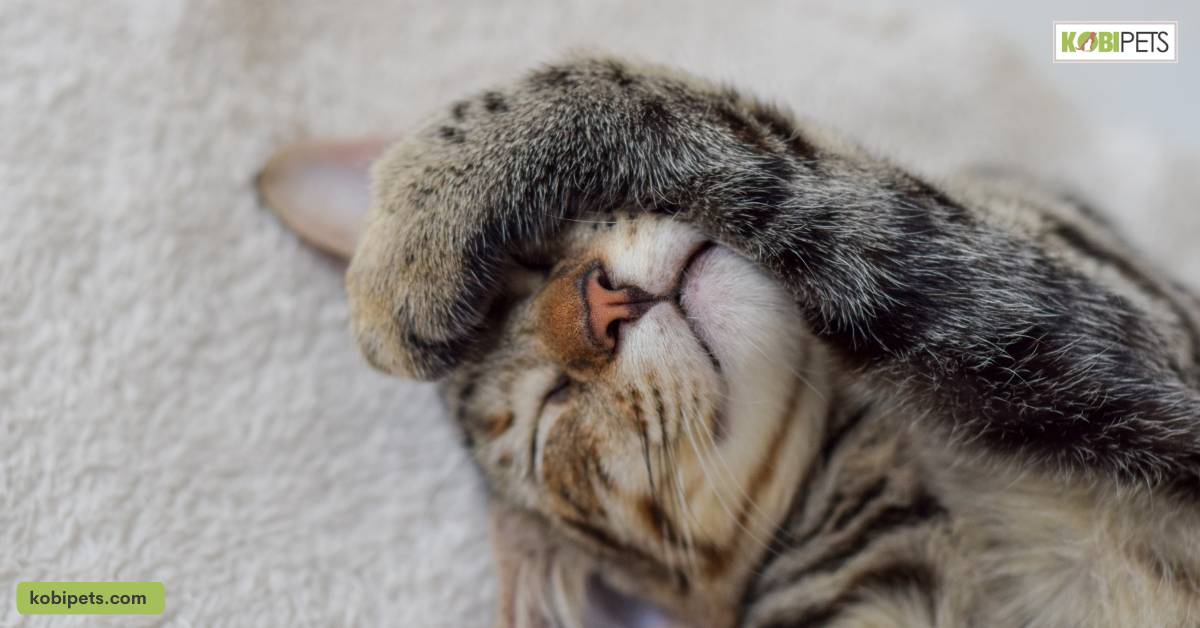
Common Cat Behaviors
Cats are beloved creatures, but their behaviors sometimes leave us scratching our heads. We’ve all heard tell of cats knocking things off tables, sleeping on books, and chasing any toy with a string – but there’s more to them than just playful curiosity.
Meowing
Cats are known for their ability to communicate their needs through meowing. This meowing, though often misinterpreted, is the primary source of communication between cats and humans.
Cats commonly use meowing to express hunger, gain attention, or interact with other cats in their vicinity. When given treats, cats may also meow as an expression of gratitude. Understanding how and why cats use meowing as a method of communication can help to create a better relationship between the cat and the owner.
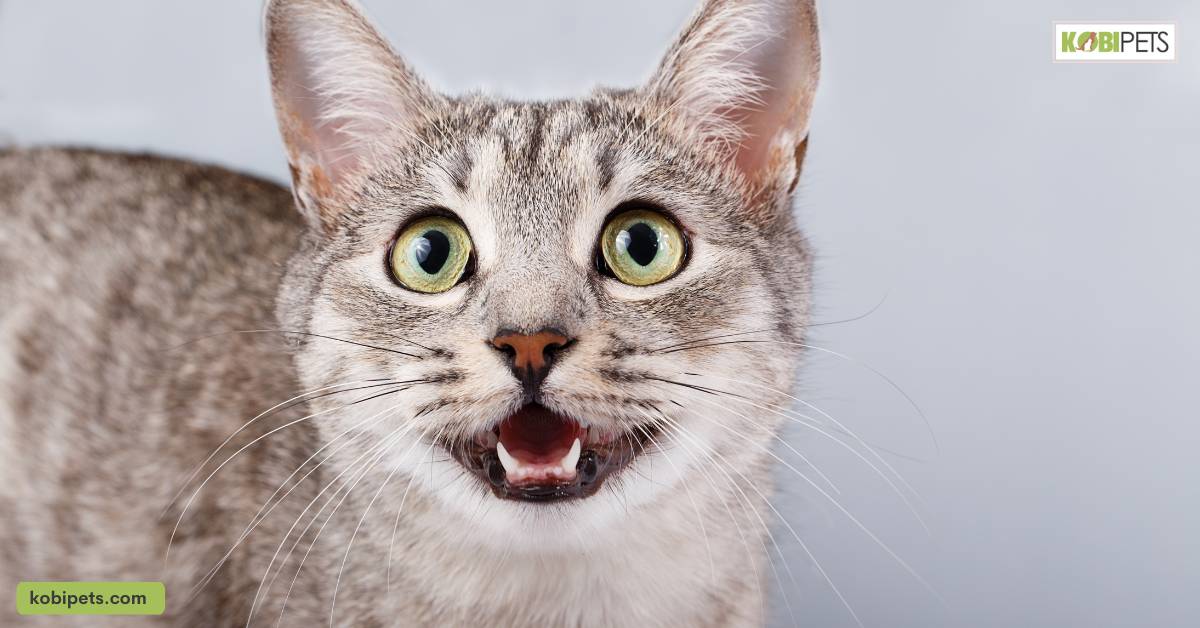
Scratching & Clawing
Cats are well-known for their scratching and clawing behaviors. While these behaviors can be quite disruptive, they can also be seen as normal and natural for many cats. Scratching is used by cats to mark their territory with scent and visual cues, as well as to keep their claws clean and sharpened.
Clawing is a more instinctual behavior, usually done while a cat is playing or expressing excitement. This behavior can also be used as an expression of dominance during encounters with other cats.
Fortunately, there are a variety of methods available to help owners better manage these behaviors, such as providing appropriate scratching surfaces throughout the home and teaching cats alternative behaviors for expressing excitement and dominance.
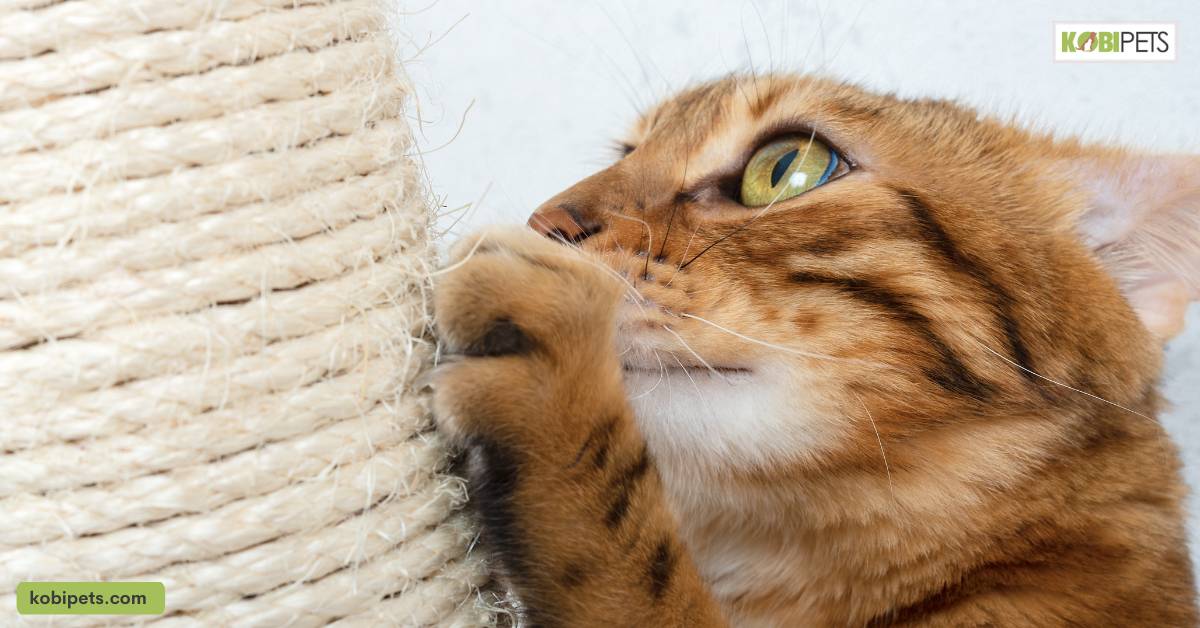
Aggression
Aggression is a common behavior exhibited in cats, especially those that have been mistreated or not domesticated. It can manifest itself in physical behaviors such as biting and scratching vocalization such as hissing and growling, and postural changes such as flattening the ears or arching the tail.
While it’s normal for cats to defend their territory or show dominance when necessary; if the aggression presents itself too often, it may be necessary to seek advice from your local veterinarian to identify potential causes and create a personalized treatment plan.
Understanding the underlying cause of this behavior is essential to reduce the risk of further aggressive displays of emotion.
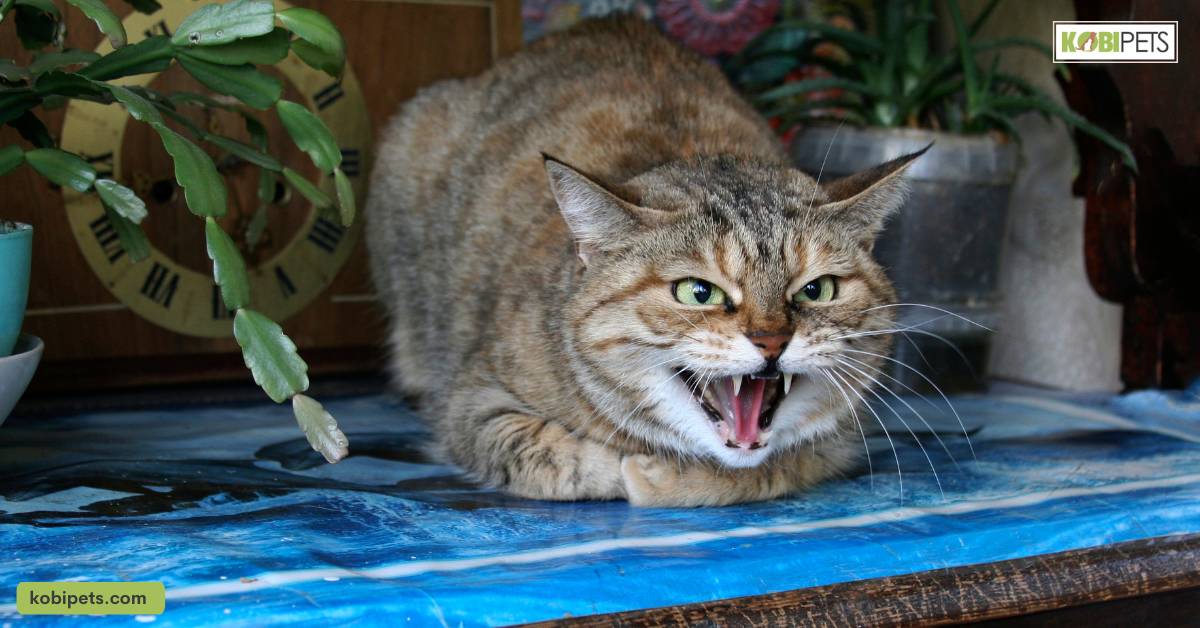
Biting & Chewing
Cats are a very curious species, constantly exploring the world around them with their mouths. Biting and chewing is a common behavior among cats, and while it is sometimes annoying for pet owners, there’s often an underlying cause.
Chewing on objects can be caused by teething during kittenhood, anxiety, or boredom due to a lack of mental stimulation. By providing interactive toys and scratching posts that fulfill the cat’s need to explore and scratch, you can reduce your cat’s inclination for unwanted chewing.
Talk to your veterinarian about possibly getting your cat a new formula of food if they do not have enough nutrients from the food they eat already. As with any behavioral changes in cats, it is important to talk to your vet about possible causes of biting and/or chewing for further advice on treatment methods.
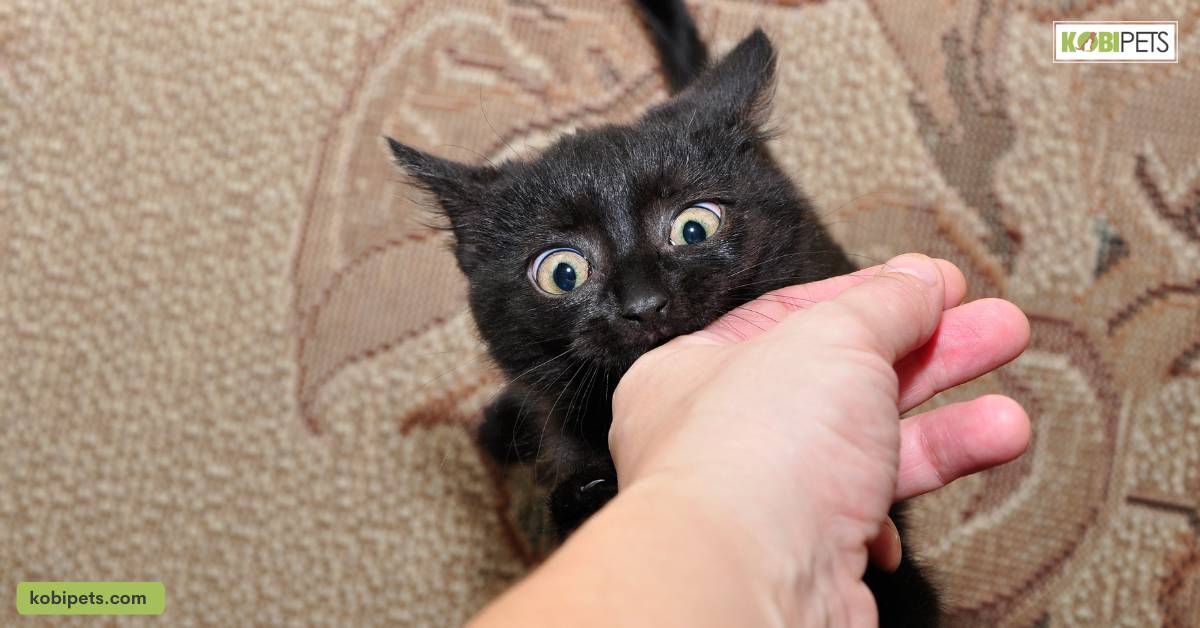
Tail Twitching & Flicking
Tail twitching and flicking are very common behavioral traits of cats. It’s important to note that the meaning behind a cat’s tail twitching or flicking can vary based on the movement, context, and behavior.
For example, if an animal is in a relaxed state it may twitch its tail as part of grooming itself. On the other hand, when stressed or threatened, cats will rapidly flick their tails back and forth.
Understanding these cues can help people better interpret what felines are trying to communicate and provide them with more tailored care and attention. This understanding is key to fostering healthy relationships between cats and their owners.
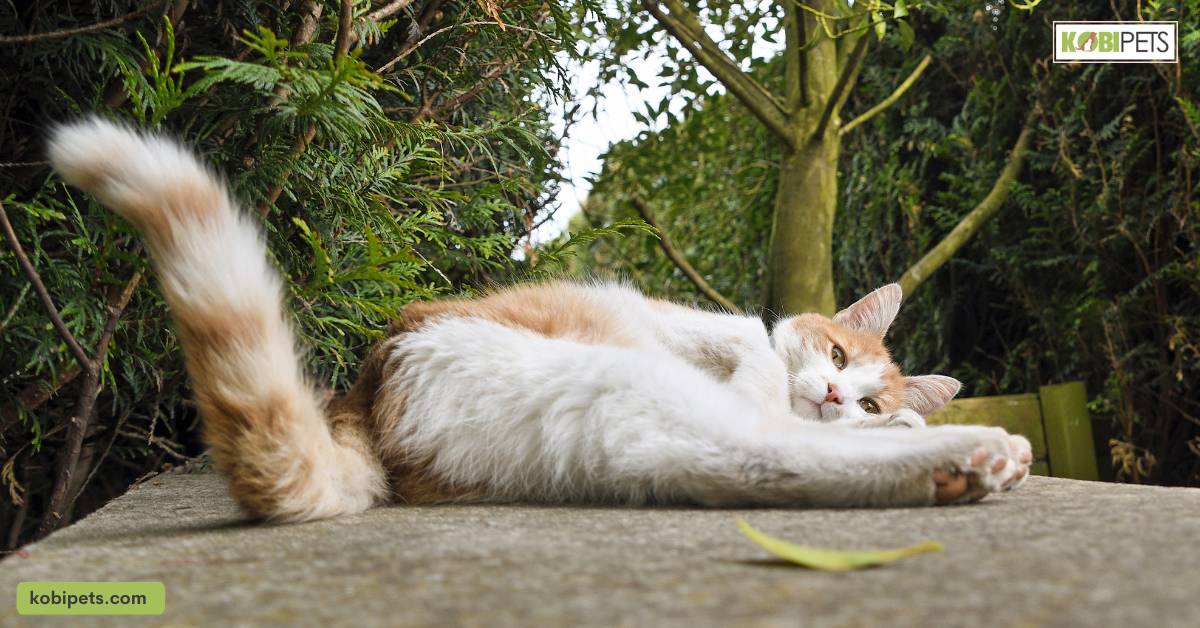
Spraying/Urine Marking
Urine marking is a common behavior among cats, and there are several factors that can cause it. Cat urine contains pheromones that can convey information to other cats, such as the mood of the cat and its age and sex.
Cats may spray to mark their territory or to communicate with other felines in the area. The spraying behavior is also used as a way for cats to find mates during mating season, as well as to stake their claim on things they feel possessive about.
In some cases, such behavior can be a result of stress or anxiety or an unfamiliar environment or objects. Fortunately, there are many strategies used to reduce or eliminate urine marking from cats through new habit formation, litter box placement, and management, declawing prevention measures, play sessions with the cat, and more.
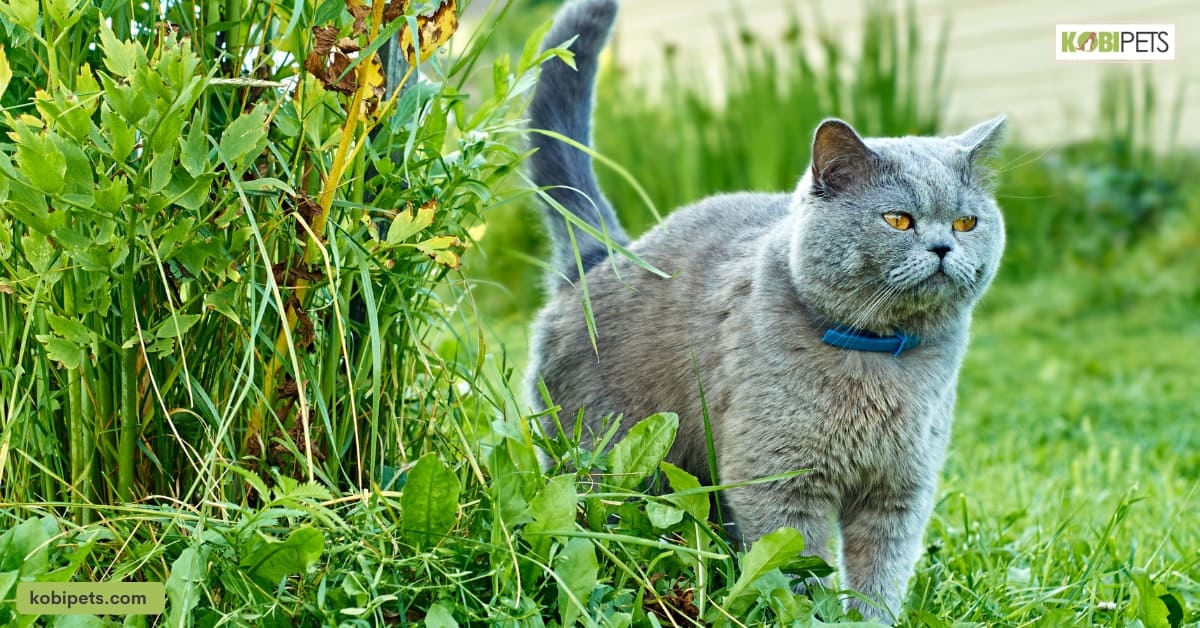
Understanding Your Cat’s Needs
Every cat is unique and with these individual differences come specific needs. Understanding what a cat requires for a healthy, balanced life is essential to ensuring your feline friend can thrive in your environment.
Knowing which behaviors you should moderate, which playtime activities they enjoy, and which foods they relish will all go towards happy relationships with your pet, both between you and them and in their relationship with the wider world!
Observation and Positive Reinforcement
Observation and positive reinforcement can be powerful tools to help understand the needs of cats. Through careful observation, owners can pick up on behaviors that their cats may be exhibiting in order to communicate with them.
For example, when a cat rubs against their owner or purrs the cat is marking its territory and showing affection. By reinforcing these positive behaviors through petting and praise, it will allow you to foster a healthier relationship with your furry friend.
Pets require time, attention, and dedication; however, understanding them better makes our lives easier. Developing this understanding starts by carefully observing their behavior and positively reinforcing what we observe.
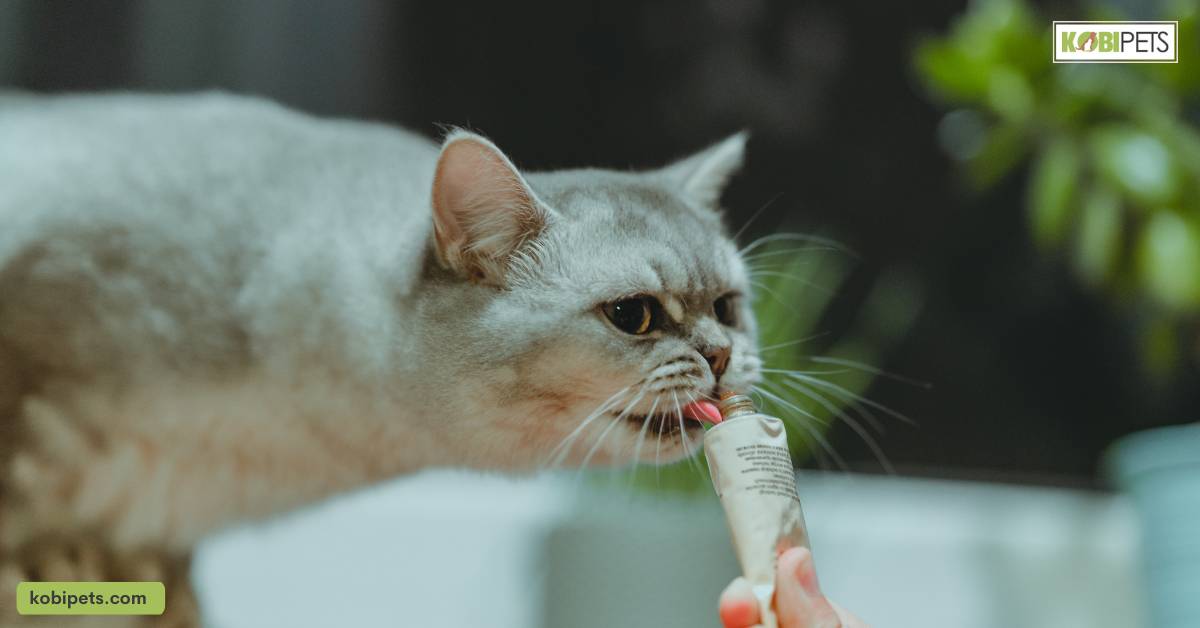
Setting Boundaries
Understanding our cats’ needs can be a challenge, especially as they often don’t vocalize their feelings the way we might expect. However, by setting boundaries and creating a consistent routine, we can work to create an environment where it is easy for our cats to let us know what they need.
Establishing boundaries means providing our cats with enough attention while also giving them their space when needed. Setting up specific places like beds and perches for them to rest in will help your cat feel secure, comfortable, and safe in the home.
Additionally, creating a routine for when we feed our cats and provide them with playtime can help them better understand their daily interactions with us. There is a great joy to be found in forming deep bonds of understanding between ourselves and our pet cats.
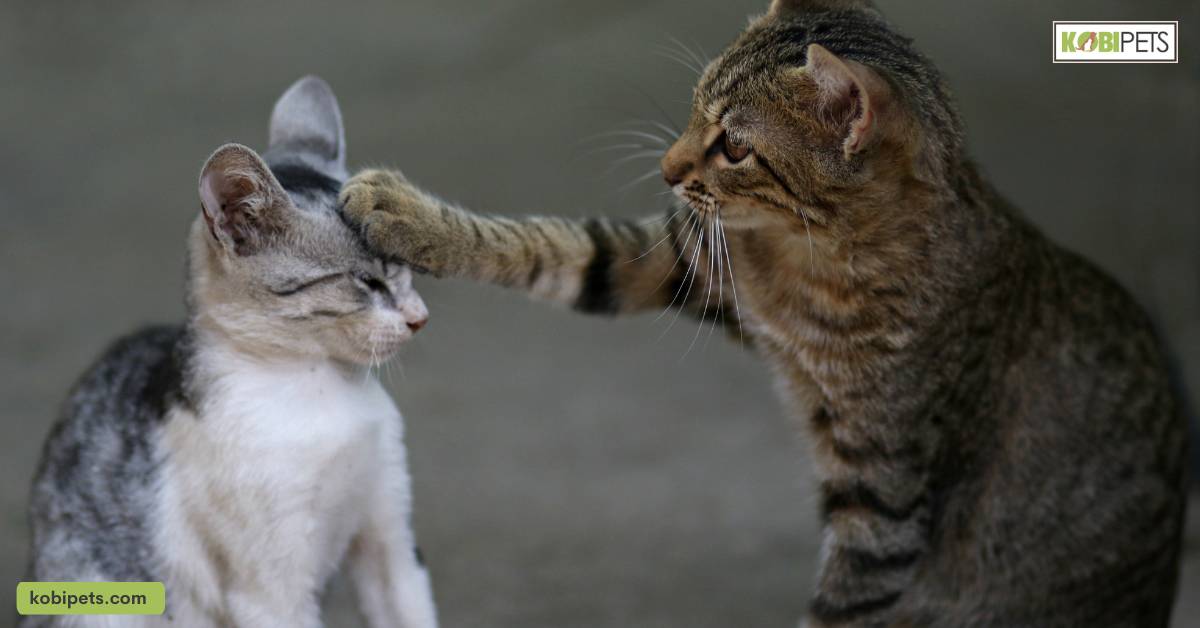
Interactive Playtime and Exercise
Playtime with your cat is an extremely important way to understand your pet’s needs. Playing together can give you insight into their behavior, and provide mental and physical stimulation. Interacting during playtime has been shown to build trust between cats and their owners, creating a strong bond.
At the same time, spending excess time on the interactive play will also help to channel energy away from destructive behaviors in cats since it allows them to use their instinctive hunting skills. Additionally, interactive games make exercise more interesting for cats, keeping them healthy and active even indoors.
With regular playtime sessions where you engage your pet using puzzles and toys, you can be sure that you are giving them the mental and physical stimulation they need.
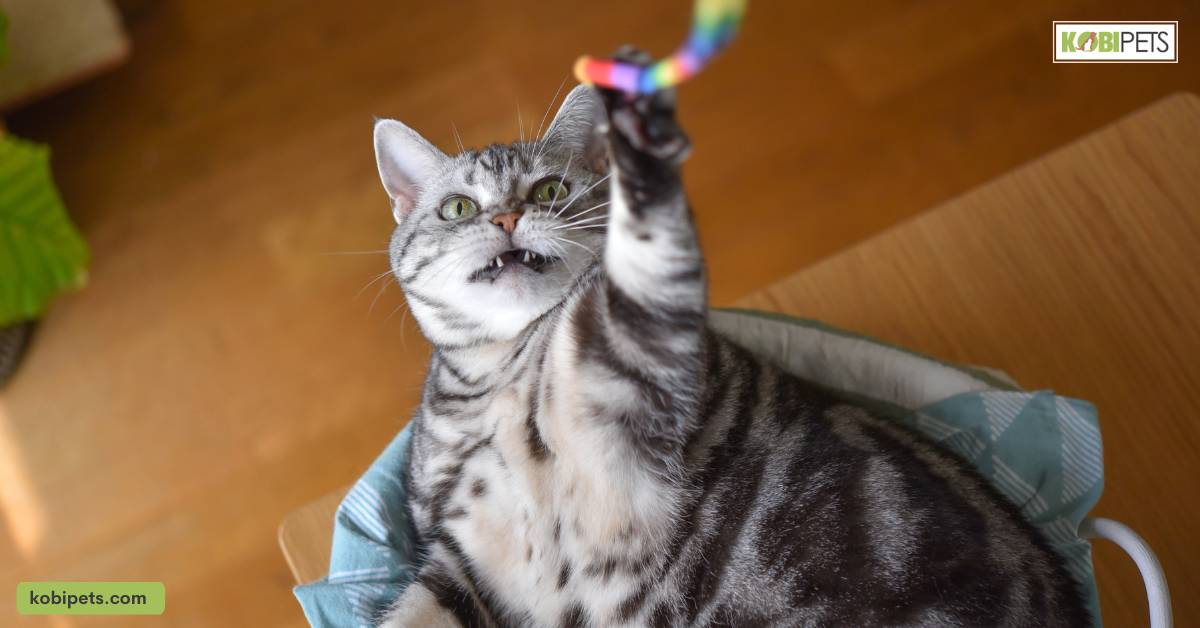
Providing Appropriate Toys & Scratching Posts
Providing your cat with their own toys and scratching posts can be incredibly beneficial for understanding their needs. Doing this sets up a safe environment where they can release pent-up energy in a positive way.
Cats need to scratch objects to help keep their claws healthy and free of damage, and having a designated area to do so eliminates inappropriate targets like furniture or areas that you may not want them scratching.
Furthermore, providing stimulating toys such as interactive food puzzles, squeaky plush animals and feather teasers ensures that your cat remains both physically and mentally active.
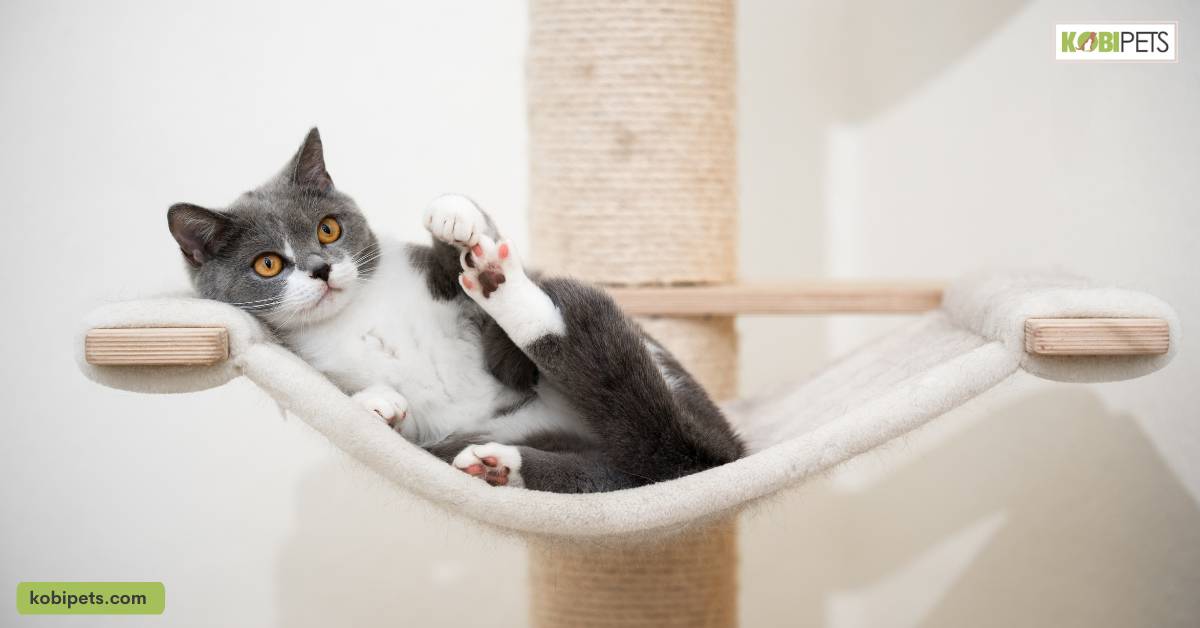
Grooming and Regular Vet Checkups
Grooming and regular visits to the vet are two of the most important components in helping you anticipate and meet your cat’s needs. Not only do these activities help keep your cat healthy, but they can also help you detect signs of illness or disease before they become serious.
Specialized grooming tools such as de-shedding brushes should be used to remove dead fur while massages and brushing can be beneficial in helping cats relax and associate these activities with positive experiences.
Regular trips to the vet, even when your pet appears to be healthy, are essential to confirm that your feline friend is in optimum condition. This can ensure that conditions such as fleas, parasites, skin allergies, dental issues, and more are identified quickly if present so that a plan for treating them promptly can be put in place.
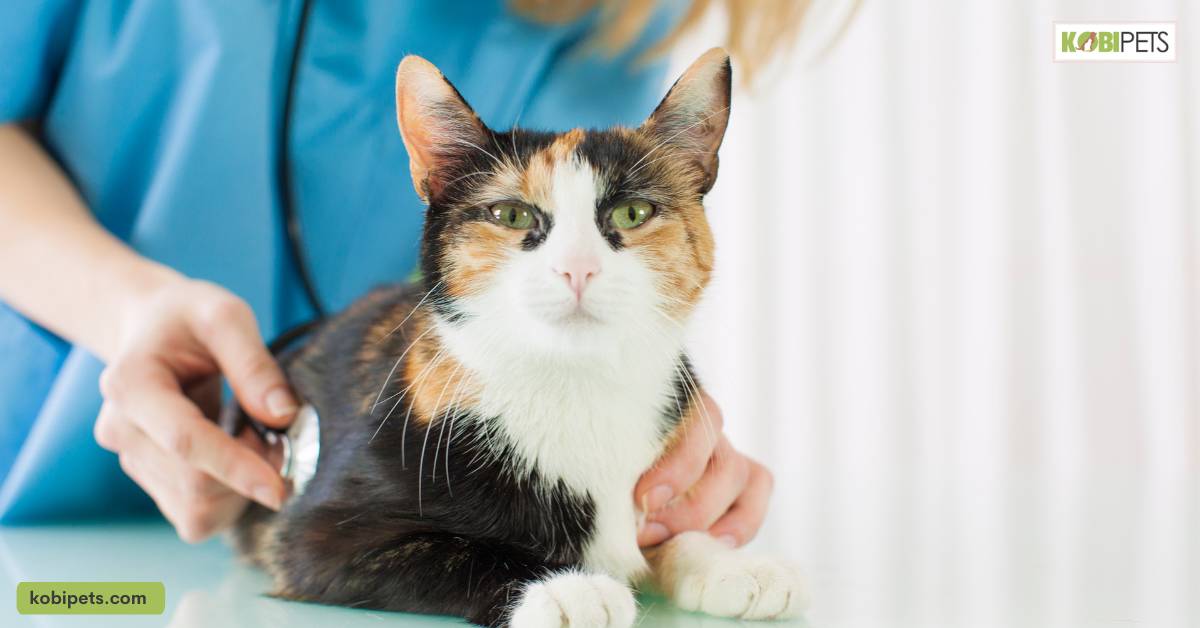
In Conclusion
Understanding your cat’s needs is essential to creating a happy and healthy home environment. With the right knowledge and tools, you can create an ideal atmosphere that encourages positive behaviors while providing them with the necessary care they need.
Through observation, positive reinforcement, interactive playtime, and exercise, providing appropriate toys and scratching posts, grooming sessions, and regular vet checkups, you can ensure your cat is healthy and content.






